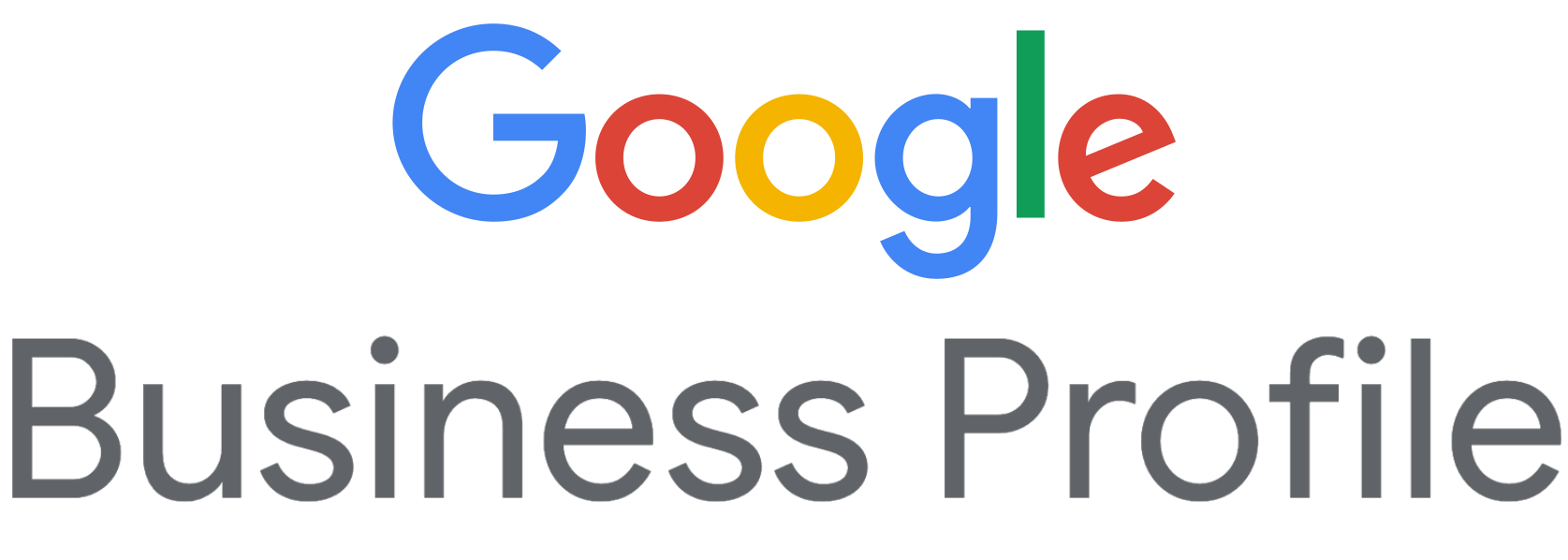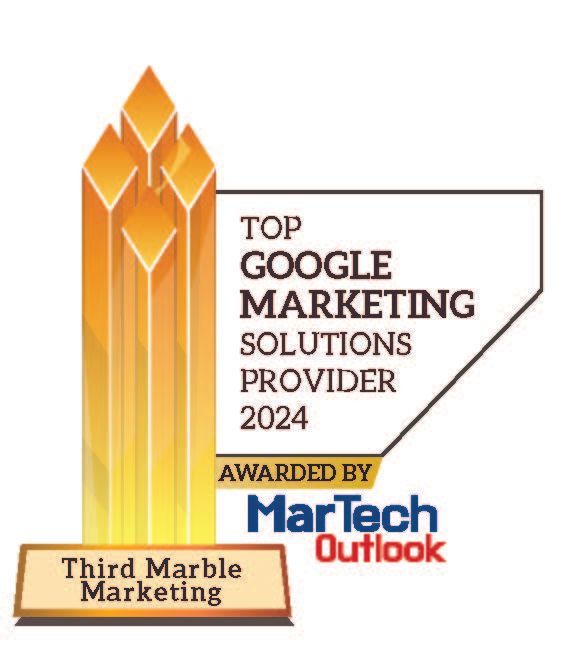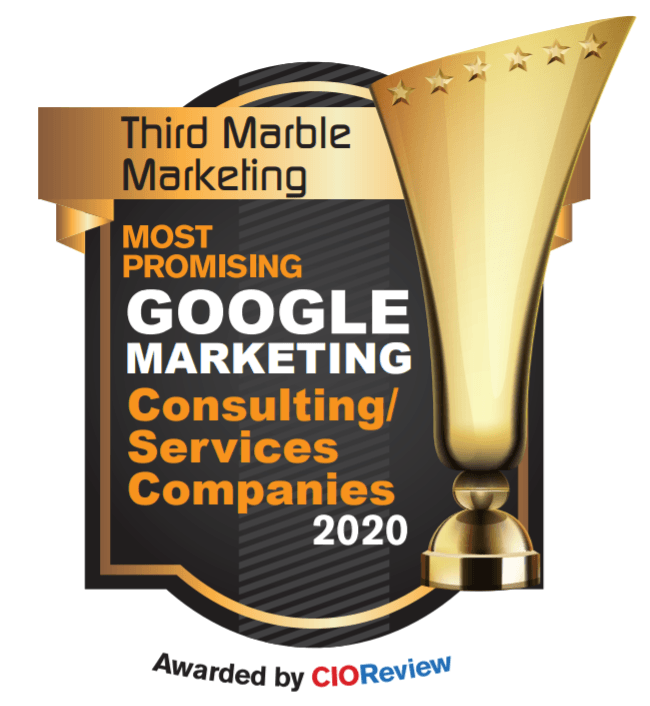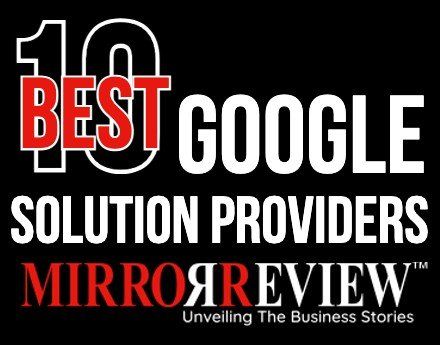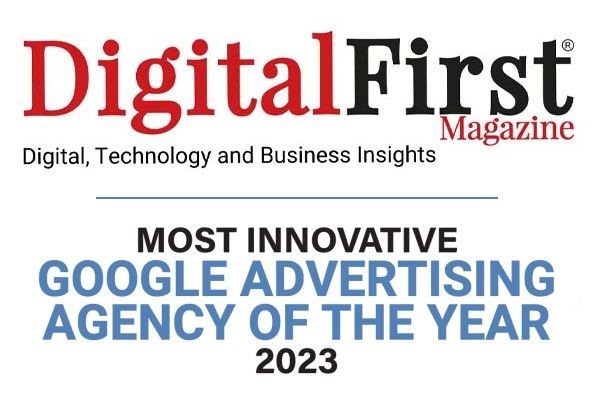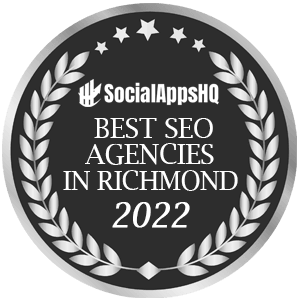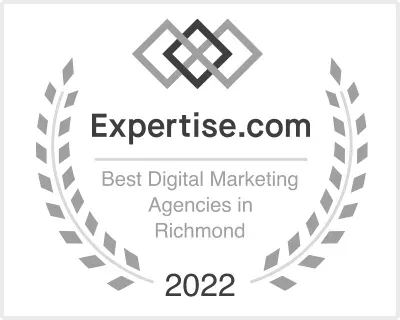Where to Put KeyWords to get more Google Visibility (Part 2)
(If you haven’t read last month’s article on Where to Put KeyWords to get more Google Visibility (Part 1) , please read that article first. )
Continuing our discussion, this month, I want to describe the next few places to put your keywords to help improve your rankings in the search engines like Google. Last month we talked about the Title Tags, the Meta Description and the URL. While those are the three most important places to put your keywords, this month, we will discuss the next most important places that will get you just a little higher in the rankings – Header Tags, Alt Tags and Copy.
Header Tags
Once you have selected your ideal keyword phrase for a page on your website, you should incorporate as many of those keywords into the “Headline” of that page. In the image below, the phrase “Where to Put KeyWords to be on Page One of Google (Part 1)” is considered the Headline for the web page:
In the HTML for this web page, the Header Tags (sometimes called “H” Tags) define the Headline for a web page. It simply looks like this in the code:
<h1>Where to Put KeyWords to be on Page One of Google (Part 1)</h1>
(Hint: If you want to see the HTML for your web page, right click in any blank area of your web page and select “View Source” or “View Page Source”.)
The Header Tags on a web page are a lot like the headlines for newspaper articles – they tell the reader what the articles (or in this case the web page) are about. Google and the other search engines factor this thinking into their indexing algorithms, so it is important that your Header Tags (Headlines) contain keywords that people would search for to find your web site.
A great example of a bad headline is “Welcome to our Web Site”. That could be anyone’s website. For our pizza restaurant example, a better headline would be “ABC Pizza – A Pizza Restaurant in Anytown, VA”.
Alt Tags
Google and other search engines can’t understand images, so website images have “Alt Tags”. These tags are designed to be description of the image. Since “an image is worth a thousand words”, search engines often use the words in the Alt Tags in their search algorithms. Make sure your images all have meaningful Alt Tags that contain your ideal keywords. You can see the Alt Tag for an image by simply hovering your cursor over the image, like this:
An Example of how to see an Alt Tag.
Your Website Copy
Writing your website copy is always a challenge. Not only do you have to sell your customers on your product or service, you also have to make the copy search engine friendly. There are a few things that you should try to do with your website copy, but not at the expense of losing a potential phone call or customer. If you can, try to incorporate a few of these strategies in your copy writing:
- Make your ideal keywords bold whenever possible, without looking ridiculous.
- Do not repeat the same phrase over and over and over and over and over again. The search engine will think you are spamming. Make sure the copy reads like it is “normal” English and that it makes sense to the reader.
- Try to make your hyper-links meaningful. Instead of “ Click Here “, use a hyper-link like “Learn more about Local Google Advertising “. The words in the link make a small difference.
- The words at the beginning of your web page carry more weight, so make sure your ideal keyword phrase is in the first sentence.
If you don’t know how to make any of these changes yourself, your web person should be able to do it. These are easy changes to make, so don’t let your web person charge you too much either.
If you have any questions about this, feel free to contact us. In the meantime, if you think you need help with selecting your ideal keyword phrase, check out our Pay-per-Click Test. It’s a great way to drive traffic to your website AND research keywords for your business in you geographic area.
I hope this helps – if it does, please leave a reply below, or click the “Like” button below.
The post Where to Put KeyWords to get more Google Visibility (Part 2) appeared first on Third Marble Marketing.








